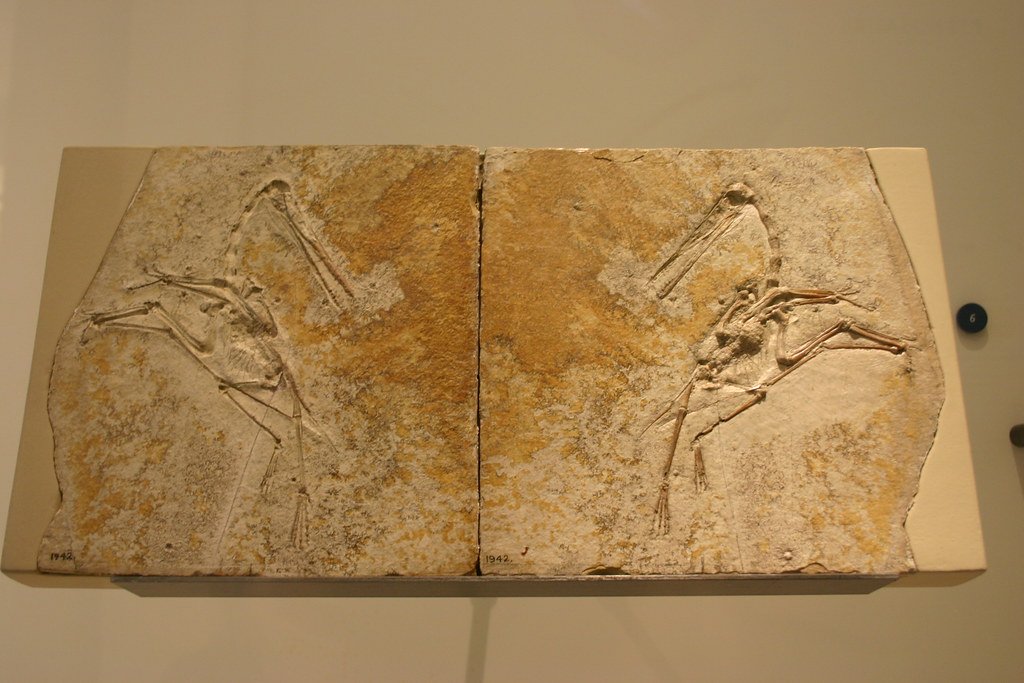Dinosaurs have long captured the human imagination, often depicted as fearsome, reptilian creatures that ruled the Earth for over 160 million years. However, revolutionary scientific discoveries over the past few decades have painted a different picture—one that shows dinosaurs had more in common with the birds we see today than with reptiles. Through fossil analysis, advanced technology, and a deeper understanding of prehistoric life, these findings have reshaped our perception of these magnificent creatures. Here are 10 fascinating discoveries that highlight the bird-like characteristics of dinosaurs.
Feathers Instead of Scales

Perhaps one of the most groundbreaking discoveries in paleontology was the revelation that many dinosaurs had feathers. Contrary to the traditional image of scaly, reptilian skin, fossilized impressions found primarily in China have shown that a wide range of dinosaur species sported feathers. These protofeathers and plumage likely served various purposes, from insulation and camouflage to mating displays and, eventually, aiding in flight. This discovery crucially linked dinosaurs to their avian descendants.
Hollow Bones for Lightness

Many dinosaur fossils reveal a fascinating structural feature—hollow bones. This characteristic, shared with modern birds, was vital for reducing body weight without sacrificing strength. This adaptation would have been especially crucial for species like Archaeopteryx, believed to be one of the earliest birds. By allowing for more efficient movement, these hollow bones supported the agile lifestyle many dinosaurs might have led.
Nesting Behaviors and Parental Care

Recent fossil discoveries indicate that some dinosaurs exhibited nesting behaviors similar to those of modern birds. Fossils of oviraptorosaurs, for instance, were found sitting atop clutches of eggs, suggesting they brooded their young. This finding implies a level of parental care that aligns more closely with avian practices than with the behaviors of most modern reptiles, who often leave their offspring to fend for themselves.
Bird-like Lungs

Paleontologists have identified similarities in the respiratory systems of dinosaurs and birds. Fossil evidence suggests that dinosaurs possessed a unidirectional airflow through their lungs, a highly efficient mechanism seen in birds today. This type of respiratory system would have been advantageous for sustaining the high metabolism needed for active lifestyles, whether in quick pursuits or long migrations.
Presence of Wishbones

The furcula, or wishbone, is another anatomical feature shared between many dinosaurs and birds. This bone, formed by the fusion of two clavicles, is crucial for avian flight mechanics. The presence of a wishbone in several dinosaur species suggests they could have had flight capabilities or that this feature served another purpose, potentially strengthening their chest muscles for powerful forelimb movements.
Brooding Behaviors and Warm-bloodedness

Evidence suggests that some dinosaur species may have been warm-blooded, a trait associated with birds rather than with reptiles. Discoveries of certain dinosaur nesting sites show that these ancient creatures may have produced heat to incubate their young, implying a thermoregulation system similar to that of birds. This would have allowed them to maintain body temperatures independent of their environment.
Advanced Neurological Development

The endocasts of dinosaur skulls reveal a brain structure with certain avian-like features. Studies show that dinosaurs like Troodon had enlarged cerebral regions akin to modern birds, which are associated with higher cognitive functions. This suggests that some dinosaurs possessed acute sensory perceptions and social behaviors that were more complex than previously assumed.
Tail Structure and Stability

Birds today use their tails for balance and steering in flight. Similarly, many dinosaurs had long, bony tails, supported by structures like pygostyles, which have been found in smaller theropod dinosaurs. These structures suggest that tails may have been used for complex movements and stabilization, akin to the aerial maneuvers performed by birds.
Evolution of Beaks

While not all dinosaurs had beaks, some fossil evidence shows early appearances of beak-like structures. These could have helped in food processing, similar to how modern birds use their beaks. Over time, these adaptations may have supported a diet evolution that required more specialized feeding techniques.
Sophisticated Social Structures

Evidence from fossilized trackways and nesting sites indicates that some dinosaurs lived in complex social groups, much like modern bird flocks. These social structures could have allowed them to engage in cooperative behaviors, offering protection to members of the group and increasing their chances of survival.
In conclusion, the numerous discoveries linking dinosaurs to birds underscore a profound evolutionary story of adaptation and survival. These ancient creatures were more dynamic and complex than mere reptilian giants, showcasing advanced traits that led to the bird species we are familiar with today. This insight not only enriches our understanding of the past but highlights the extraordinary continuum of life on Earth.


